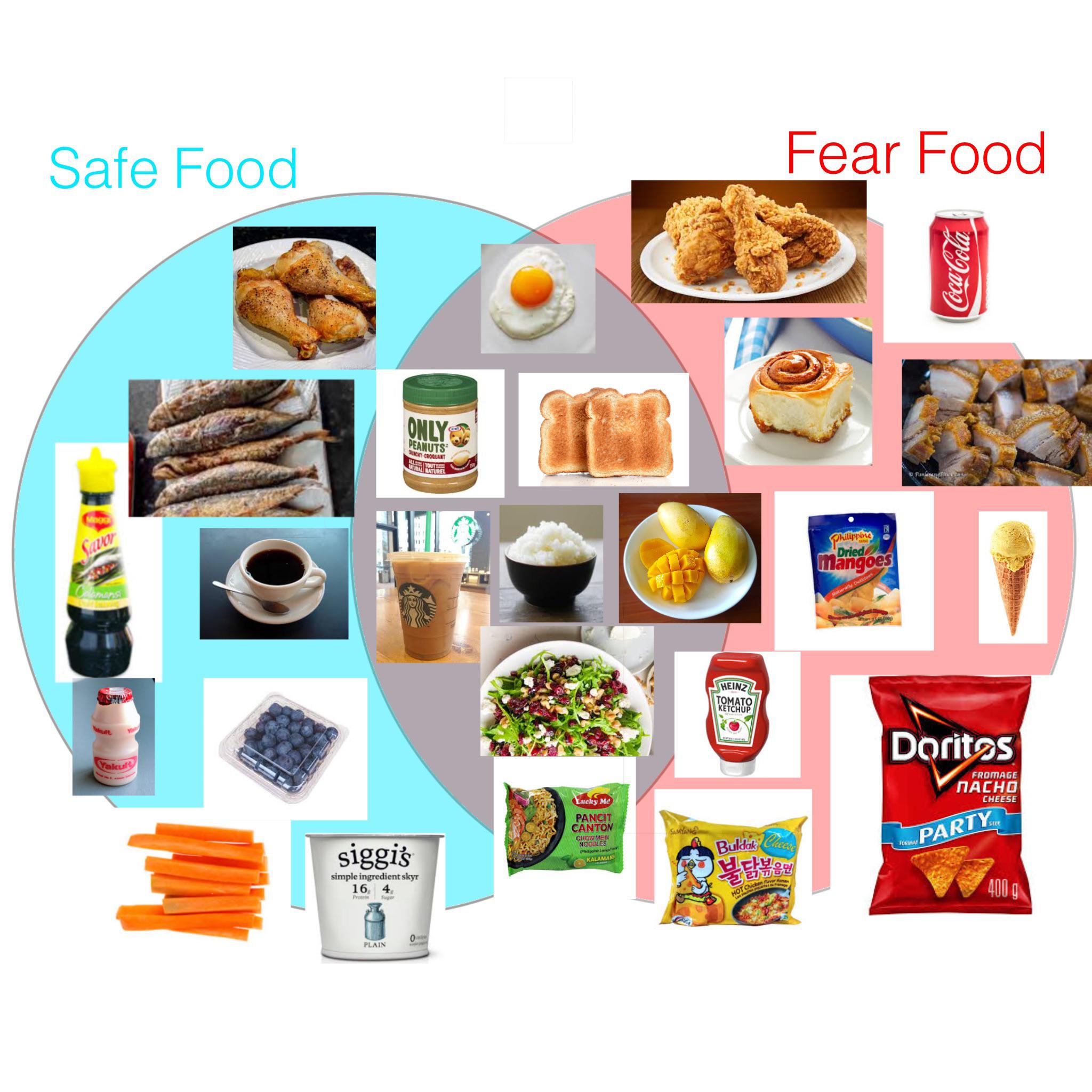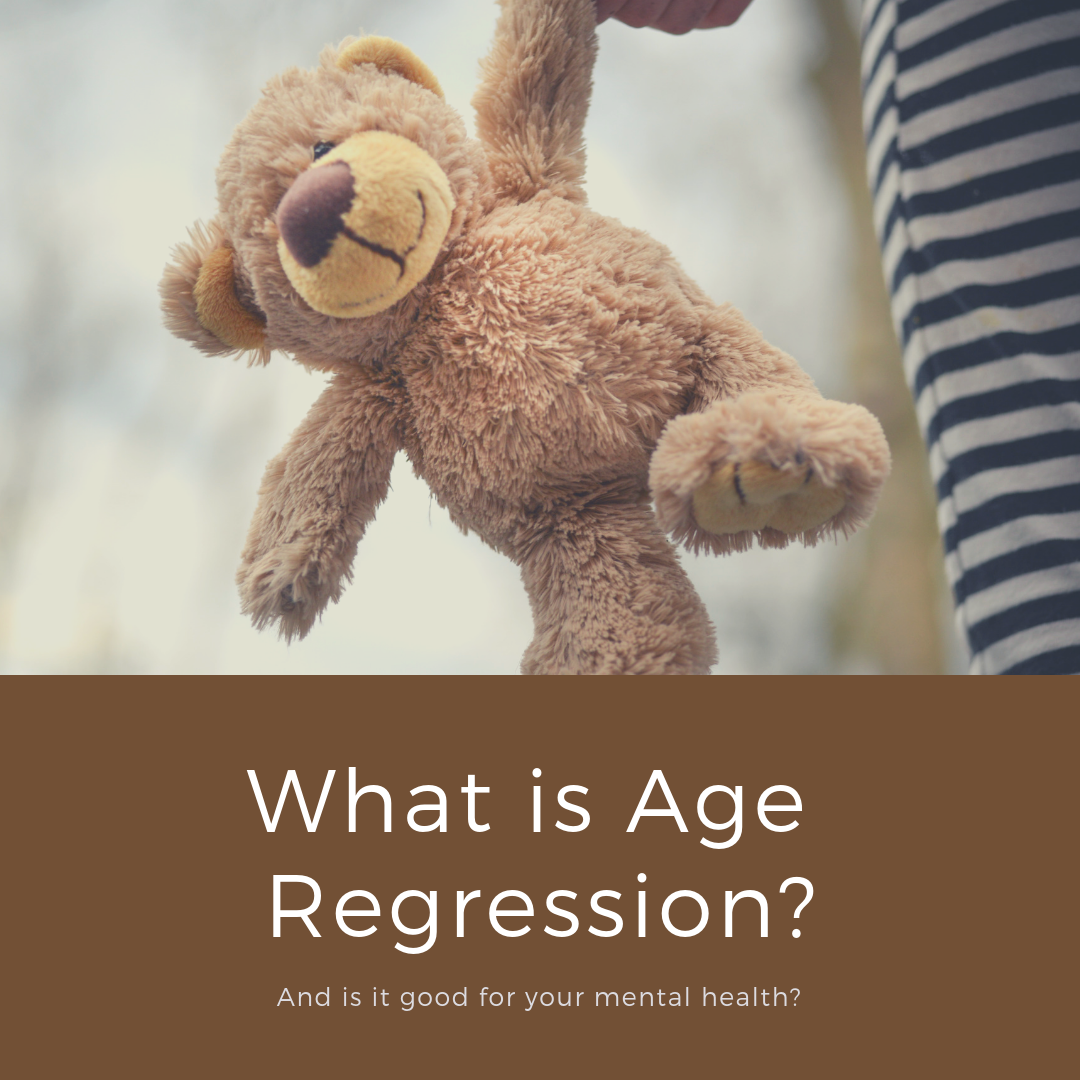
Sigmund Fréud believed that age regression was an unconscious defense mechanism, used by the ego for its own protection. Many people today are interested in age-regression therapy. This therapy is useful for helping patients recall painful memories. Therapists also benefit from it being able to help clients with difficult situations. Carl Jung also considered age regression a positive experience. He believed that if a patient can see past and relive painful childhood memories, it would help them to deal with the problems.
Age regression is a highly effective coping strategy. Individuals can use it at their workplace and it can help them deal with various mental or emotional disorders. Age reversal has been shown to be a very effective treatment for many mental disorders including anxiety and depressive disorder. This is a great way to help someone overcome traumas, such as a traumatic experience. Even a trained therapist can help you safely engage in age regression therapy.

There are a number of different types of age regression. The mildest type is one that involves crying in the infant's fetal position and bed-wetting. This is a normal part of infant and child development. It usually resolves in a few weeks. To deal with different feelings, children throw tantrums. They are usually feeling fear, hunger, and tiredness. These emotions are normal and harmless. If the pattern persists, it may indicate more serious medical problems.
While age regression is a valid therapy, some researchers are questioning its utility as a coping mechanism. It is not a treatment for mental illness but a psychological tool. Age regression is not a way to alleviate stress or cause depression. You can learn more about the benefits of age-regression by asking a few questions. This article will help you determine whether it is the right therapy for your situation.
While age regression is an option for therapeutic purposes, it is very different from hypnotherapy. Age regression may be voluntary and can help with stress management or past trauma. It can be used by hypnotherapists to help clients with their problems. It can also serve as a coping tool for someone with dementia. The benefits of this activity go beyond simple entertainment.

If you experience age-regression therapy, you may find some of your childhood experiences vivid and traumatic. A mental health professional will work with you to help you get past trauma and heal. Ask your healthcare provider for more information about age-regression. You can get more information about age-regression from a therapist.
FAQ
Why do we need to have a healthy lifestyle?
Healthy living can lead to a longer, more fulfilling life. Healthy eating habits, regular exercise, healthy sleep habits, stress management, and good sleep habits can help to prevent heart disease, stroke, diabetes, cancer, and other serious diseases.
Healthy lifestyles will help us to cope with daily stresses better and improve our mental health. A healthy lifestyle can also help you feel and look younger.
What is the difference among a virus or a bacterium and what are their differences?
A virus can be described as a microscopic organism that cannot reproduce in another cell. A bacterium is an organism that splits itself in two. Viruses are very small (about 20 nanometers) while bacteria are larger (up to 1 micron).
Viruses are spread via contact with infected bodily liquids such as urine, saliva, semen and vaginal secretions. Bacteria are often spread via direct contact with contaminated surfaces or objects.
Viruses can get into our bodies through cuts and scrapes on the skin, bites, and other injuries. They may also get into the body through the nose and mouth, eyes, ears or rectum.
Bacteria can enter the body through wounds. They can also enter our bodies from food, water, soil, dust, and animals.
Both bacteria as well as viruses can cause illness. Viruses cannot multiply in their host cells. They can only infect living cells and cause illness.
Bacteria can cause illness by multiplying in the body. They can spread to other parts of our bodies. That's why we need antibiotics to kill them.
What is the best way to live a healthy lifestyle?
A healthy lifestyle means eating healthy foods, exercising regularly, sleeping well, and avoiding stress. These guidelines will help you live a long, healthy life.
You can start by making small changes in your diet and exercise routine. You can lose weight by walking 30 minutes each day if you are looking to lose weight. You can also take up dancing or swimming if you are looking to be more active. An online fitness program such as Strava or Fitbit that tracks your activity could be a good option.
Take herbs and other supplements to improve your immunity
Natural remedies and herbs can be used to increase immune function. There are many natural remedies that can boost immunity, including echinacea (oregano), ginger, ginkgo biloba and vitamin C.
These herbal remedies shouldn't be considered a replacement for medical treatment. These herbal remedies can cause nausea, vomiting, stomach cramps or dizziness.
What causes weight loss as we age?
How do you know if your bodyweight changes?
A person who has less body fat than their muscle mass will experience weight loss. This means that you must consume more calories than you use daily. Activity levels are the most common reason for weight loss. Others include pregnancy, hormonal imbalances or certain medications. Weight gain occurs when there is more fat than muscle mass. It occurs when people consume more calories per day than they need. Overeating, increased physical activity and hormonal changes are all common reasons.
We eat less calories than we burn, which is the main reason our bodies lose weight. Exercise regularly increases your metabolism rate, which allows you to burn more calories every day. But, this does not mean that we will be thinner. It is important to know if we are losing weight or gaining muscle. If we're burning more calories that we consume, we'll lose weight. But if we're consuming more calories than we're burning, then we're actually storing them as fat.
As we get older, our movement speed slows down and so we move less. We also tend eat less than we used to. Also, we are more likely to gain weight. However, our muscle mass is more important than we realize and makes us appear larger.
Without weighing yourself each week, there is no way to know how much weight you have lost. There are many different ways to measure your weight. You can also measure your waist, hips or thighs. Some people prefer to use bathroom scales while others like to use tape measures.
To track your progress, weigh yourself once a week. Measure your waistline once per month. You can also take photographs of yourself every few years to track how far your progress has been.
Online measurements of your height and weight can help you determine your body mass. If you are 5'10" tall, and you weigh 180 lbs, then you would probably weigh 180 lbs.
Statistics
- This article received 11 testimonials and 86% of readers who voted found it helpful, earning it our reader-approved status. (wikihow.com)
- According to the 2020 Dietary Guidelines for Americans, a balanced diet high in fruits and vegetables, lean protein, low-fat dairy and whole grains is needed for optimal energy. (mayoclinichealthsystem.org)
- WHO recommends consuming less than 5% of total energy intake for additional health benefits. (who.int)
- In both adults and children, the intake of free sugars should be reduced to less than 10% of total energy intake. (who.int)
External Links
How To
What does the term "vitamins" mean?
Vitamins are organic compounds found naturally in food. Vitamins help us absorb nutrients from foods we eat. Vitamins cannot be made by the body; they must be taken from food.
There are two types if vitamins: water soluble, and fat soluble. Water-soluble vitamins dissolve readily in water. You can find vitamin C,B1 or thiamine, B2 or riboflavin and B3 or niacin, B3/niacin, B6/pyridoxine, folic Acid, biotin and pantothenic Acid as examples. Fat soluble vitamins are stored in the liver and fatty tissue. Some examples include vitamin D and E, K, A and beta carotene.
Vitamins are classified based on their biological activity. There are eight main groups of vitamins.
-
A – Essential for normal growth, and the maintenance of good health.
-
C - important for proper nerve function and energy production.
-
D - essential for healthy bones, teeth, and gums.
-
E - Required for good vision & reproduction
-
K - required for healthy muscles and nerves.
-
P - Vital for strong bones and teeth.
-
Q - Aids digestion and iron absorption
-
R is required for the production of red blood cells.
The recommended daily allowance (RDA) of vitamins varies depending on age, gender, and physical condition. RDA values are set by the U.S. Food and Drug Administration (FDA).
For adults 19 years and over, the RDA of vitamin A is 400mg per day. Pregnant mothers need 600 micrograms per days because it is vital for the development and growth of their baby. Children ages 1-8 require 900 micrograms per day. Babies under one-year old require 700 mg per day. Between 9 and 12 years of age, however, this drops to 500 mg per day.
Children ages 1-18years who are obese need 800 micrograms per day while those who are overweight need 1000 micrograms per day and children who are underweight need 1200 micrograms per day to meet their nutritional needs.
Children between 4 and 8 years old with anemia will need 2200 micrograms daily of vitamin C.
Adults over 50 years of age need 2000 micrograms per day for general health. Women who are pregnant or breastfeeding need 3000 micrograms per day due to increased nutrient requirements.
Adults over 70 years of age need 1500 micrograms per day since they lose about 10% of their muscle mass each decade.
Women who are pregnant and lactating need more nutrients than the RDA. Pregnant mothers need 4000 micrograms per daily during pregnancy and 2500 after giving birth. Breastfeeding mothers need 5000 micrograms per day when breast milk is being produced.